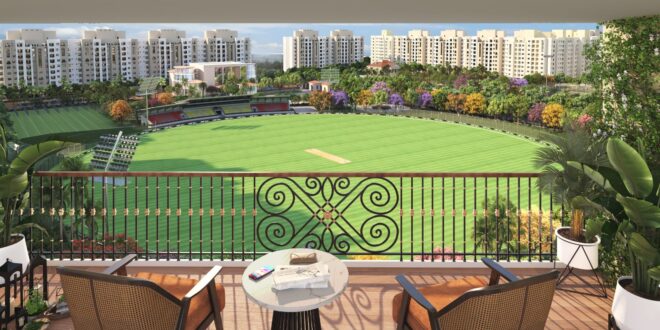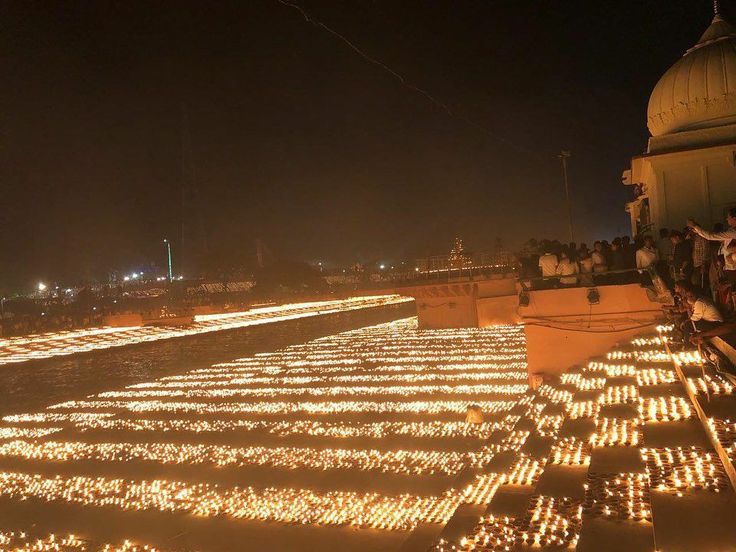Lucknow / Ganges: The first rays of dawn spill over the serene ghats of the Ganges, illuminating a scene of quiet rituals and ancient devotion. Just a few hundred miles away, the golden light of the morning sun catches the intricate arches of a Mughal fort, a testament to a bygone empire. This is Uttar Pradesh, a region where history, spirituality, and vibrant daily life collide, offering photographers a canvas unlike any other. Far from being a mere backdrop, the state is a living subject, teeming with stories waiting to be captured through a lens.
Uttar Pradesh has emerged as a top destination for travel photographers, and it’s no surprise why. The state is a treasure trove of historical monuments, from the iconic Taj Mahal in Agra to the sacred ghats of Varanasi, each providing a dramatic and emotionally resonant setting. The cultural vibrancy is palpable in its festivals, with the riotous colors of Holi in Mathura and the ethereal glow of Dev Deepawali in Varanasi. The state’s diverse landscapes extend beyond its bustling cities to the tranquil banks of the Ganges and the wildlife-rich expanse of Dudhwa National Park. This rich architectural mix of Mughal, Awadhi, and colonial styles, particularly in Lucknow, creates a unique visual tapestry that can be captured in a single frame.
Lucknow: Capturing the Soul of Awadhi Culture
At the heart of this photographic goldmine lies Lucknow, a city that gracefully blends its opulent past with a bustling present. For a photographer, Lucknow is a paradise for capturing the essence of Awadhi culture in all its glory.
The Bara Imambara and Chota Imambara are must-visit sites. These architectural marvels, with their intricate designs and sprawling courtyards, showcase the pinnacle of Mughal and Awadhi craftsmanship. The Bara Imambara’s famous labyrinth, the Bhool Bhulaiya, offers opportunities for moody, atmospheric shots, while its grand exterior is best captured during the soft light of the early morning or the golden hour. A wide-angle lens, such as a 16-35mm, is essential for a photographer to do justice to the sprawling scale of these monuments.
Just a short distance away stands the majestic Rumi Darwaza, a 60-foot gateway that is a quintessential symbol of the city. Its detailed arches and perfect symmetry are a photographer’s dream for architectural compositions. For a truly captivating shot, photograph the gate at dusk when it is beautifully lit, or wait for the bustle of the city to pass beneath its arches to capture the dynamic pulse of Lucknow.
To truly capture the city’s heart, a photographer must venture into the vibrant chaos of the Chowk and Aminabad Markets. These bustling bazaars are a riot of colors, textures, and human stories. From the smoky allure of kebab vendors to the delicate artistry of chikankari embroidery, these markets are a street photographer’s dream. A 50mm prime lens is ideal for candid portraits, while a fast shutter speed of 1/250s or higher is crucial for freezing the motion in these crowded, energetic scenes.
For a change of pace, the Gomti Riverfront offers a more serene environment. The river provides a beautiful landscape for capturing stunning reflections of the sky during sunrise or sunset. A polarizing filter can enhance the water’s surface and sky contrast, while also allowing for shots of local life, from fishermen to families enjoying a quiet evening.

The city’s culinary scene is a feast for the eyes as much as the palate. Food photography in Lucknow, with its famous Tunday Kebabi and aromatic biryani, is a genre in itself. A macro lens, like a 100mm, can capture the detailed textures of the dishes, while natural light from open-air stalls creates the perfect setting for mouth-watering shots.
Finally, for a journey back in time, the Residency Ruins provide a poignant and visually compelling subject. The bullet-scarred walls and weathered structures, remnants of the 1857 uprising, offer a hauntingly beautiful frame. This is a location where black-and-white photography can amplify the historical gravitas, especially on an overcast day when the light is evenly diffused.
Practical Tips for the Aspiring Photographer
To make the most of a photography trip to Uttar Pradesh, a few practical tips can make all the difference. The best time to visit is from October to March, when the weather is pleasant and festivals like Diwali and Eid are in full swing. A versatile 24-70mm lens is a great all-rounder for most scenarios, while a tripod is essential for long-exposure shots of monuments at night. For those with permission, a drone can capture breathtaking aerial views of sprawling sites like the Imambaras.
It is crucial to respect local culture; dress modestly, especially at religious sites, and always ask for permission before photographing people, particularly during rituals. For navigating the city and discovering hidden gems, hiring a local guide is a great way to gain unique shots and insights.
Beyond Lucknow: The Wider Canvas
While Lucknow is a photographic paradise, the rest of Uttar Pradesh offers equally compelling opportunities. Varanasi remains a street photographer’s dream, with its ghats, daily rituals, and narrow, ancient alleys. In Agra, beyond the iconic Taj Mahal, the red sandstone of Fatehpur Sikri and the bustling Kinari Bazaar provide a wealth of visual subjects. The newly developed sites in Ayodhya along the Saryu River are also becoming visually striking.
In conclusion, travel photography in Uttar Pradesh is a powerful medium that fuses heritage, spirituality, and contemporary life into a single frame. The accessibility and low travel costs of the region, combined with its boundless visual appeal, have made it a magnet for creators. Social media platforms, with hashtags like #LucknowDiaries and #UttarPradeshTourism, are a testament to the thousands of stunning posts that continue to emerge from this incredible region. By turning a lens on Uttar Pradesh, photographers are not only capturing its beauty but are also helping to tell its timeless story to the world.






